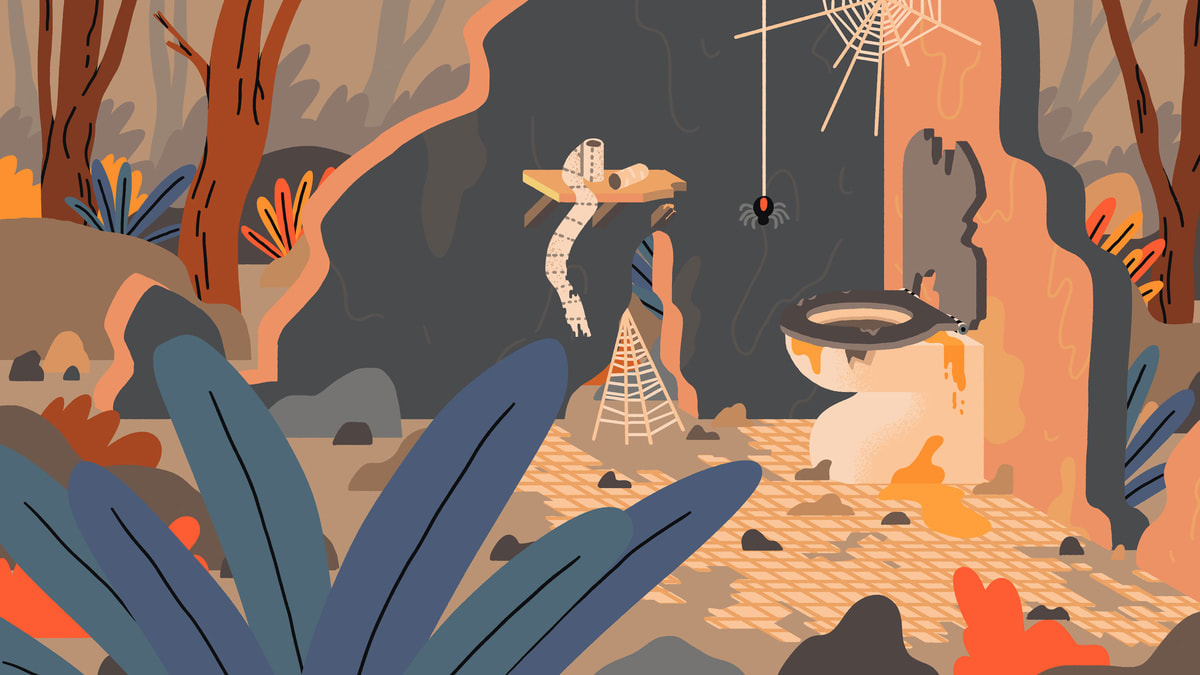|
© Chester Holme "Traditional flush toilets aren’t an option in many parts of the world, but neither is leaving people with unsafe and unhygienic choices. Now, one company is piloting a new loo that's waterless, off-grid and able to charge your phone. Lina Zeldovich travels to Madagascar to witness the start of a lavatorial revolution." All content from this post is taken from Lina Zeldovich's article for Mosaic Science which can be read in full here. Lack of toilets is not a problem unique to Madagascar. The World Health Organization (WHO) estimates that 2.4 billion people lack access to basic toilet facilities, and nearly 1bn can’t even do their business in private, practising so-called ‘open defecation’, resorting to fields, street gutters or creeks. Many countries, primarily in sub-Saharan Africa and South Asia, face similar sanitation challenges, says Francis de los Reyes at North Carolina State University, who designs sanitation management solutions for developing counties. In Loowatt’s waterless flush design, the waste is sealed into a biodegradable bag underneath the toilet with not a drop of water being spilled. Once full, the bag is replaced by a service team, and the waste is brought (yes, hand-delivered) to Loowatt’s pilot waste-processing facility, where it’s converted to fertiliser and biogas. © Chester Holme
Loowatt’s London-based founder and CEO Virginia Gardiner never thought she’d end up designing 21st-century toilets. When she graduated from Stanford University in 1999 with a bachelor’s degree in comparative literature, she couldn’t have been further removed from the engineering challenges of processing human waste. But then she went to work as a reporter for an architecture and design magazine, Dwell, covering industry events. “I was the youngest on the edit team. Nobody else wanted to go to the kitchen and bath industry shows, so I did,” she recalls. One of the things that struck her was that architectural concepts evolved constantly, except for toilets, which seemed to remain the same for ever. In their basic appearance, Loowatt toilets don’t look much different from our Western johns, with their plastic seats and flushing handles, which come in the form of a pedal or a rope you pull. But instead of releasing a swirl of water into the basin, this move activates the white biodegradable film that envelopes and seals the waste, pushing it into a collector underneath the toilet, all odour-free. Loowatt’s service team replaces the biodegradable bag once a week, or more often if it fills up sooner. The Loowatt setup isn’t free – residents pay about £12 as a deposit for a toilet (which remains Loowatt’s property) and about £3 a month for service. For Madagascar, where some families exist on £1 a day, this isn’t cheap. But Rartjarasoaniony tells me she finds it acceptable. Maintaining a latrine costs more. “We have to empty it every six months, and it is really expensive,” she explains, not to mention the unsightly mess it creates. The manual process is done by ‘informal emptiers’ – usually men who show up with buckets to chug the goo into containers, dropping splotches of repugnant gunk around the yard for her egg-laying hens to peck at. Does Loowatt’s approach have the potential to change how the world processes its waste? The company is working on introducing the concept to other countries – in Africa, Asia and Europe. In the UK, for example, Loowatt toilets are already being used at festivals and outdoor events, generating good revenue. “Here in Madagascar, the average price we can charge people to use our toilets is £3 a month,” Segretain says. “In the UK, with our festival toilets, if people pay as they go, they pay £3 per use. It’s a completely different scale.” All content from this post is taken from Lina Zeldovich's article for Mosaic Science which can be read in full here.
0 Comments
Your comment will be posted after it is approved.
Leave a Reply. |
Toilets |
|



